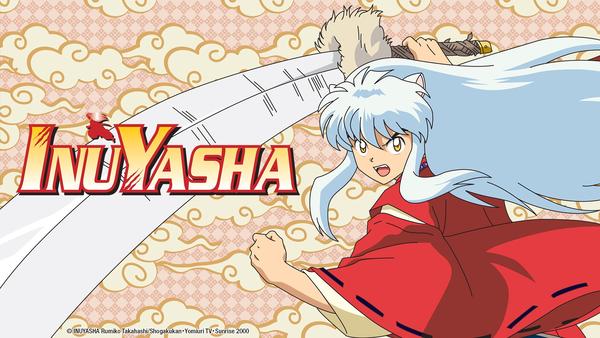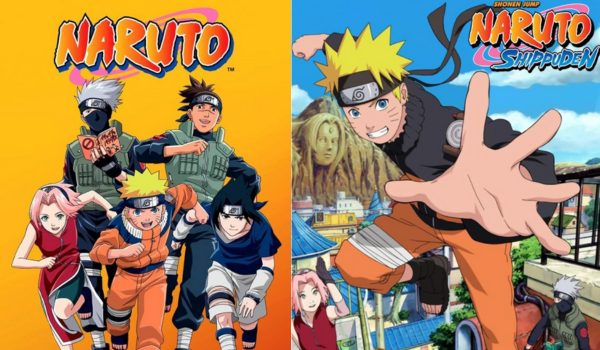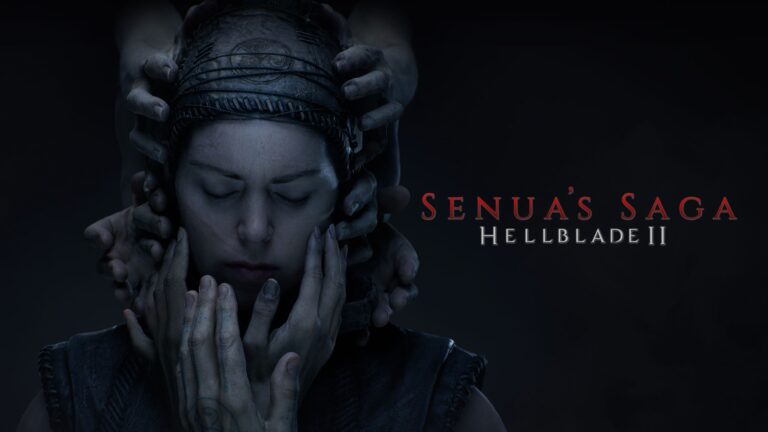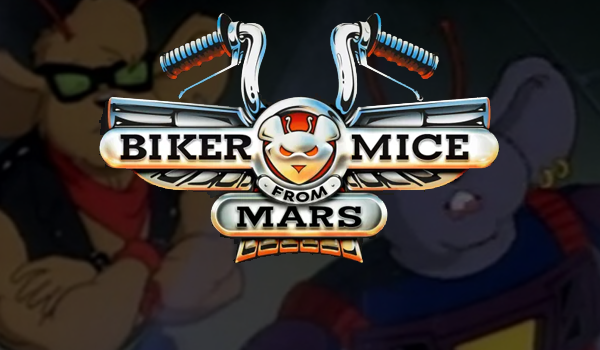
Back in the golden age of radical ‘90s cartoons, a trio of motorcycle-riding, wisecracking Martian rodents rolled onto TV screens and made a serious impression. Biker Mice from Mars was wild, weird, and wonderfully self-aware—a perfect storm of post-TMNT action, environmental satire, and biker cool.
Fast-forward to 2006, and the mice returned in a slick, modern revival. But how did the reboot measure up to the original? Let’s take a ride down memory lane and see how these two versions stack up—what changed, what improved, and what got left behind.
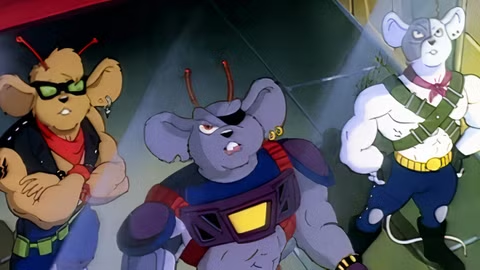
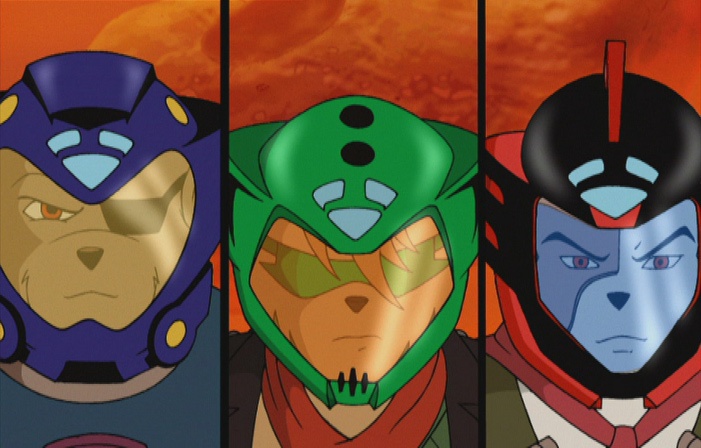
The Road Begins: Storylines and Worldbuilding
The original Biker Mice from Mars (1993–1996) centred on Throttle, Modo, and Vinnie—three anthropomorphic mice who escape the war-torn surface of Mars and end up in Chicago. There, they team up with human mechanic Charley Davidson to take on a fish-faced alien in disguise, Lawrence Limburger, and his army of bumbling villains. At its core, the show was about resistance against exploitation, wrapped in outrageous sci-fi action.
In contrast, the 2006 series didn’t reboot the franchise—it continued it. The biker mice returned to Earth after some time away, reuniting with Charley to take on a new threat: the Catatonians, a feline species determined to conquer Mars and Earth. While the core DNA of the show remained intact, the tone shifted into more space-age territory with high-tech upgrades and interplanetary politics.
Both shows tackled environmental issues and freedom fighting, but the original’s grounded satire and tighter focus gave it more bite. The revival aimed big but sometimes got bogged down in complex plotlines and gadget overload.
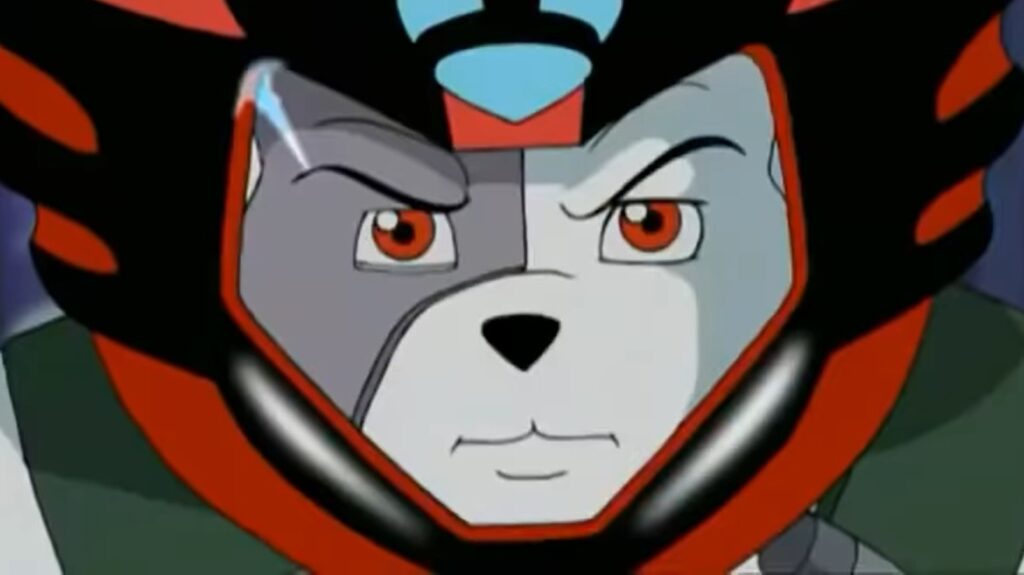

Heroes, Villains, and Familiar Faces
Throttle, Modo, and Vinnie stayed true to their roots across both series. Throttle’s calm leadership, Modo’s heart and muscle, and Vinnie’s over-the-top bravado continued to drive the team dynamic. If anything, their personalities were even more defined in 2006, with stronger backstories and relationships.
Charley also got a major boost in the revival. No longer just the go-to mechanic, she was more involved in planning, fighting, and leading—a welcome evolution for a character who had always deserved more spotlight.
As for the villains, the original lineup was hard to beat. Limburger, constantly trying to pass as a human industrialist while stinking of fish, was cartoon villainy at its finest. Backed by the deranged Dr. Karbunkle and the clumsy Greasepit, they were entertaining foils that made every episode pop.
The 2006 Catatonians were more menacing and militaristic, with slicker designs and real stakes. But they lacked the bizarre charm and comedic timing that made the original villains so unforgettable.
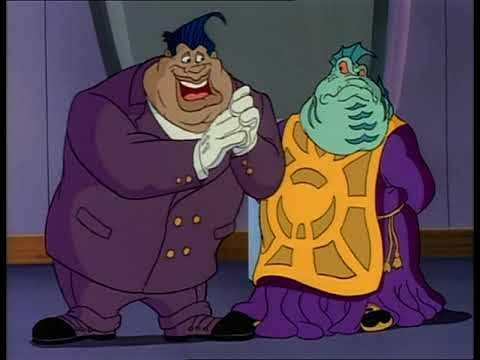
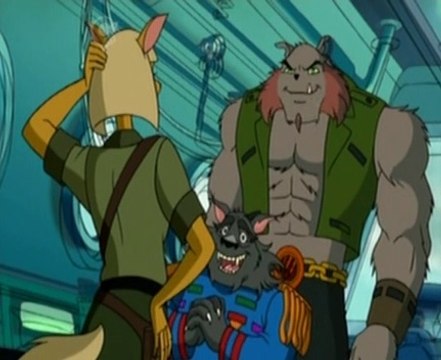
From Grit to Gloss: Animation and Style
There’s no question that the 2006 version looks sharper. The updated animation brought clean lines, fluid motion, and stylish designs. Action sequences were sleeker, the technology was cooler, and everything had a space-age sheen.
Still, the gritty, colourful hand-drawn style of the ‘90s version had a kind of rebellious energy that fit the show’s tone perfectly. There was something a little rough, a little weird, and very punk about how it looked—and that added to its charm. The upgrade in animation quality is undeniable in the revival, but the original’s visual identity left a deeper cultural imprint.
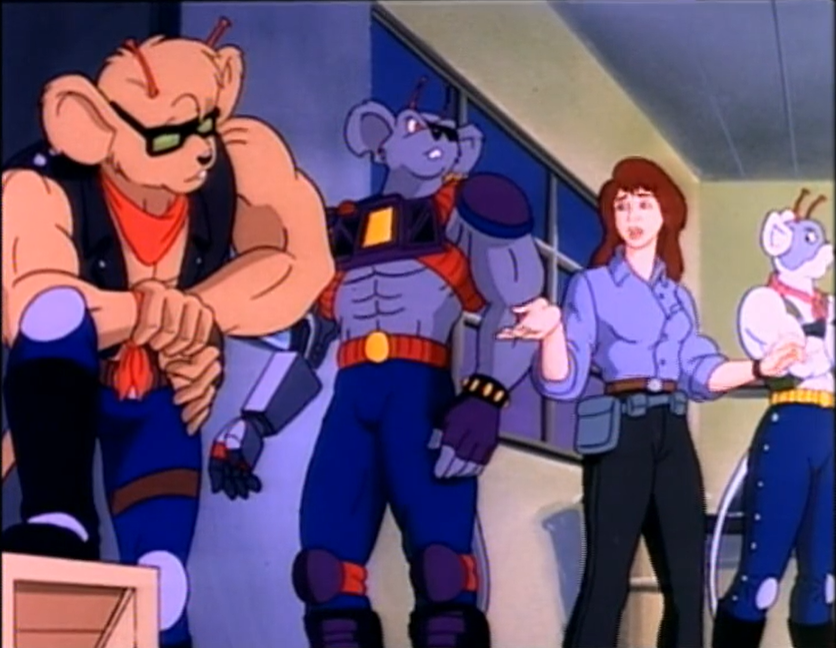
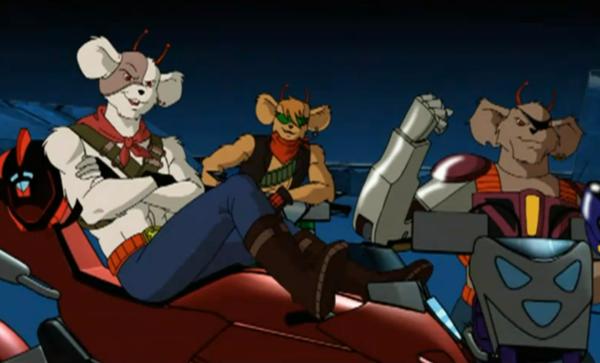
Humor, Attitude, and That ’90’s Edge
The tone is where the two series part ways most clearly. The 1993 Biker Mice from Mars was full of personality. It cracked jokes, broke the fourth wall, and parodied everything from big business to action movie clichés. It wasn’t just cool—it was knowingly cool.
The 2006 show kept some humour but leaned more into sci-fi storytelling. It felt more serious, more serialized, and occasionally more generic. It still had some fun moments, but that edgy, unpredictable energy from the original wasn’t quite as strong.
For fans of the tongue-in-cheek chaos that defined ‘90s animation, the original’s tone is still king.


A Legacy That Still Rides
The 1993 series may not have run as long as some of its peers, but it carved out a place in pop culture. It inspired toys, video games, comics, and a generation of fans who still remember catchphrases like “Let’s rock and ride!” with a nostalgic grin.
The 2006 series, on the other hand, came and went more quietly. It was well-made, respectful of the original, and even introduced some great new ideas. But it failed to spark the same cultural fire. Today, it’s mostly remembered by long-time fans as a solid (if a little overlooked) continuation.
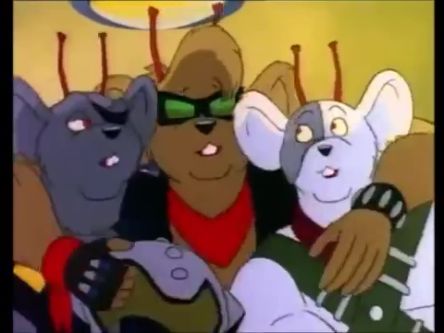
Final Thoughts: Which One Wins?
If we’re talking about legacy, style, and sheer character, the original Biker Mice from Mars still owns the road. It was bold, weird, and knew exactly what it wanted to be.
That said, the 2006 revival deserves credit. It updated the animation, deepened the lore, and treated its characters with care. It didn’t try to rewrite the past—it built on it, which is more than many revivals can say.
So while the ’93 version takes the crown for originality and cultural impact, both series offer something worth watching—whether you’re reliving your childhood or discovering the ride for the first time.


